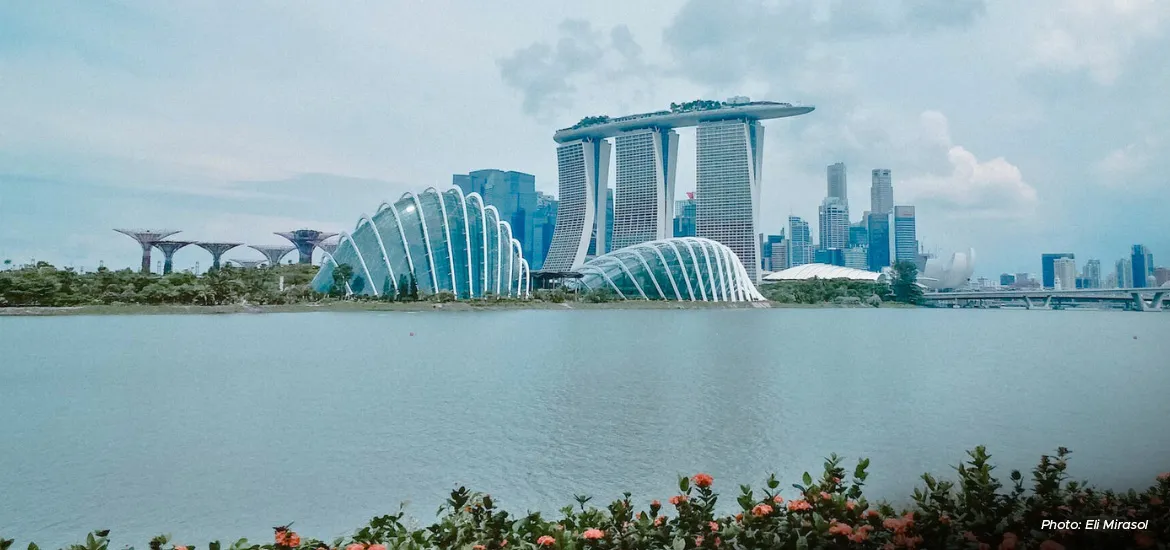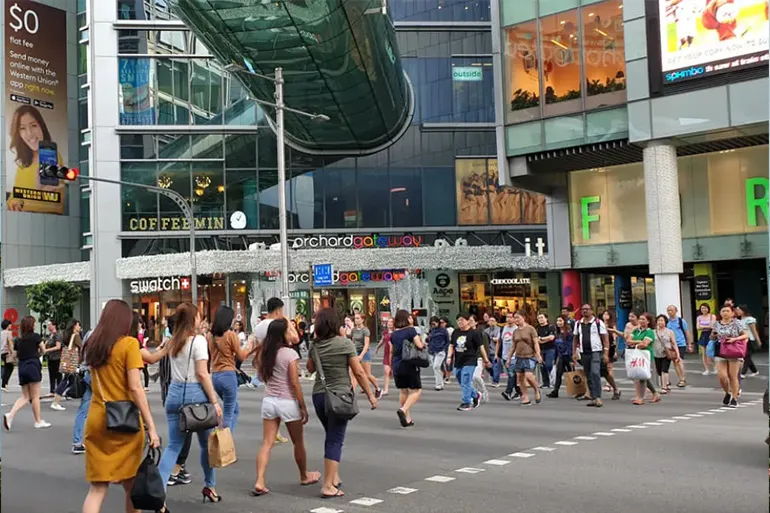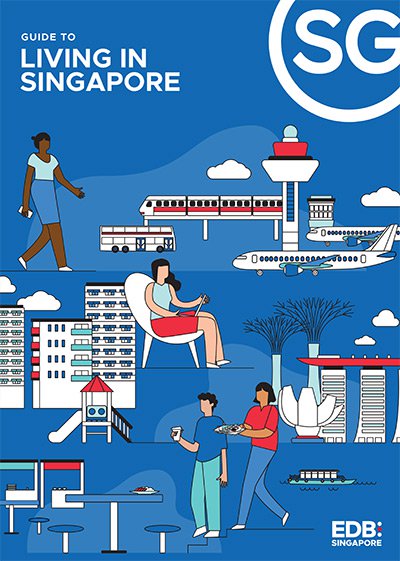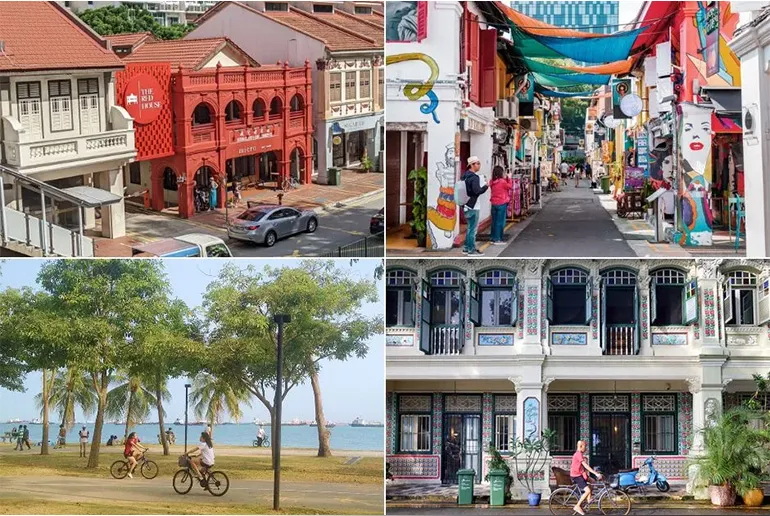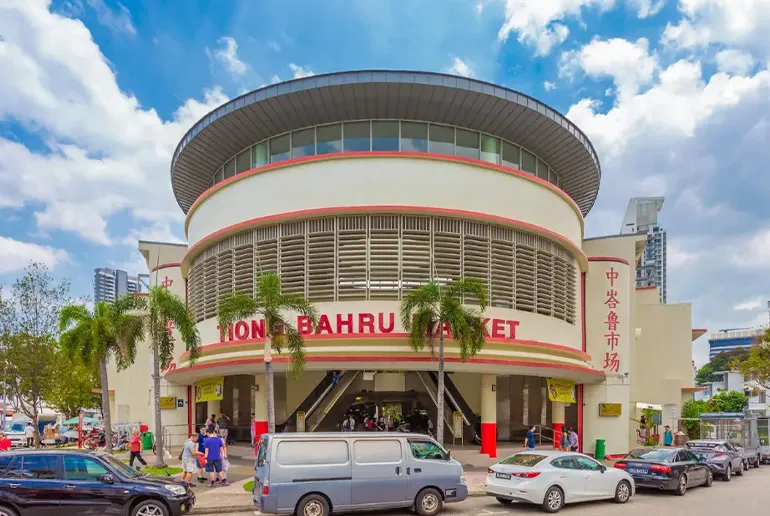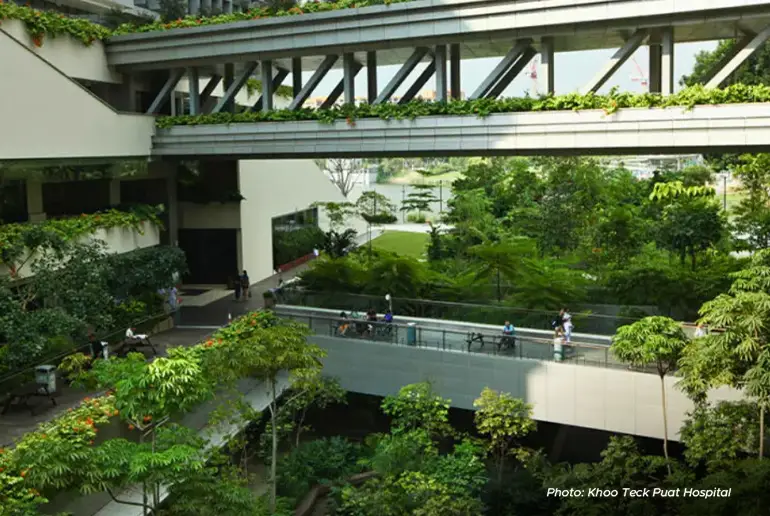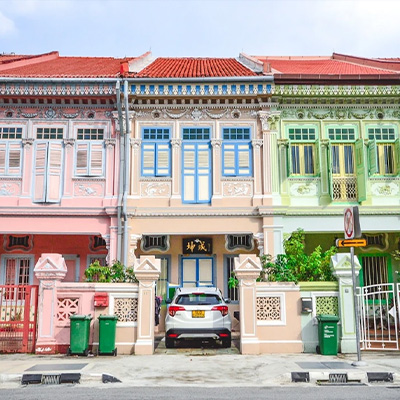When one mentions Singapore, familiar tropes come to mind. Over-the-top mansions in Crazy Rich Asians, the infinity pool at Marina Bay Sands and incredibly expensive cars.
With the Economist Intelligence Unit (EIU) Cost of Living survey declaring Singapore as the world’s most expensive city – tied with Zurich – no one was surprised.
But what does it really cost to live in Singapore?
We break down the components behind EIU’s cost of living survey and what it really costs to live in the world’s most expensive city.
Understanding how cost of living is measured in EIU’s survey
First, it’s important to understand the methodology behind how EIU calculated cost of living in its survey.
Designed to help Human Resources (HR) managers build compensation packages for relocated employees or ‘the international businessman’, the Worldwide Cost of Living survey does not include tax liabilities, home prices, or rent. It also doesn’t include goods from local markets, bazaars, and online marketplaces.
Instead, it weighs the prices of more than 200 products and services, some of which are exceptionally costly in tropical and land-scarce Singapore.
Its three biggest components are shopping basket (25%), transport (19.5%), and recreation and entertainment (18%), which includes green fees on golf courses, three-course dinners, prices of cars and their maintenance, and seasonal clothing.
This works against what life in Singapore looks like for the average resident. For example, it’s true that prices of car ownership is much higher in Singapore. However, with public transport easily accessible and much more affordable than other cities like London and New York, owning a car is not a necessity.
Green fees on golf courses are naturally much higher in a land-scarce city, and there is no need to account for seasonal clothing when it’s summer all year round.
